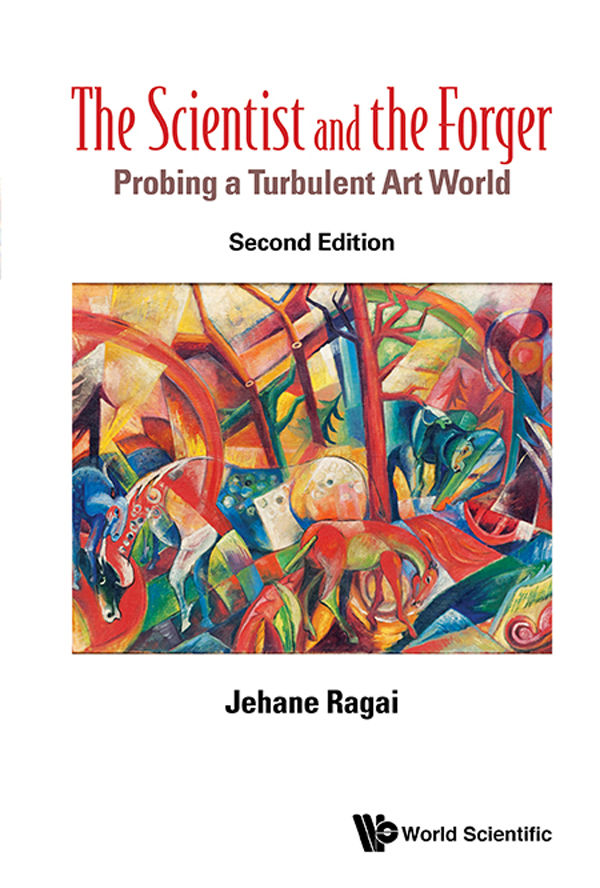By Presswire
Following the success of The Scientist and the Forger: Insights into the Scientific detection of Forgery in Paintings, written by Egyptian scientist and educator Jehane Ragai and published in 2015, World Scientific Publishing is releasing, a new and somewhat different, second edition in March, which deepens the reader’s journey into the intriguing underworld of the greatest art crimes to date.
Through a series of case studies, Ragai plunges the reader into the tensions and intricacies of an alternately booming and cooling international art market, highlighting in the process the plights of the expert, the collector and the auction house.
How can we determine whether it was Leonardo’s hand that created Salvador Mundi? How can we prove that a suspected Pollock is a forgery? How can Man in a Black Cravat be seemingly incontrovertibly attributed to Lucien Freud, despite this artist’s adamant refusal to recognize it as one of his own
How can we safeguard the art market for present and future generations? And can a psychological interpretation shed light on the perplexing behavior of Ann Freedman, the former president and director of the Knoedler Gallery?
Building on the first edition, these are some of the questions that Ragai uses to reveal how art historians and scientists collaborate conclusively to authenticate paintings or demonstrate that they are forgeries.

She not only equips the reader with an update on fast-evolving scientific techniques used to detect forgery in art (described for the lay person in a separate chapter ), but also provides a holistic understanding of an art world shaped both by history and by rapidly changing views and trends, and one in which some enigmas persist: As that of La Bella Principessa continues to baffle, do we have enough reason to hope that we shall one day know her true story?
–
Local angle:

–
From the New Yorker’s “The Giveaway:”
Leininger sent an e-mail to members of the American Alliance of Museums asking if anyone had received gifts from Landis. “In the first hour, I had about twenty people contact me,” he said. By the next day, he was able to determine that several museums held the same painting. “There’s an Alfred Jacob Miller that’s at six or seven institutions,” he said. “The Lépine is five places, including the Art Institute of Chicago and the Art Museum at the University of Kentucky, and there’s a Marie Laurencin self-portrait in five places. When I give my director this information, she’s, like, ‘Oh, my God, take down that Valtat now!’ ” They did, and they put back the Renoir.
*
Landis was sent to the Menninger Clinic, in Topeka, Kansas, where he stayed for a little more than a year, leaving when he was nineteen. His doctor thought that he might like to draw for Hallmark Cards, which was in Kansas City. To prepare, he attended the School of the Art Institute of Chicago. In drawing class, he was told, “We don’t want you to slavishly copy. We want you to interpret.” Partly to get away from the cold winter in Chicago, he moved to San Francisco.
Posted on March 2, 2018


